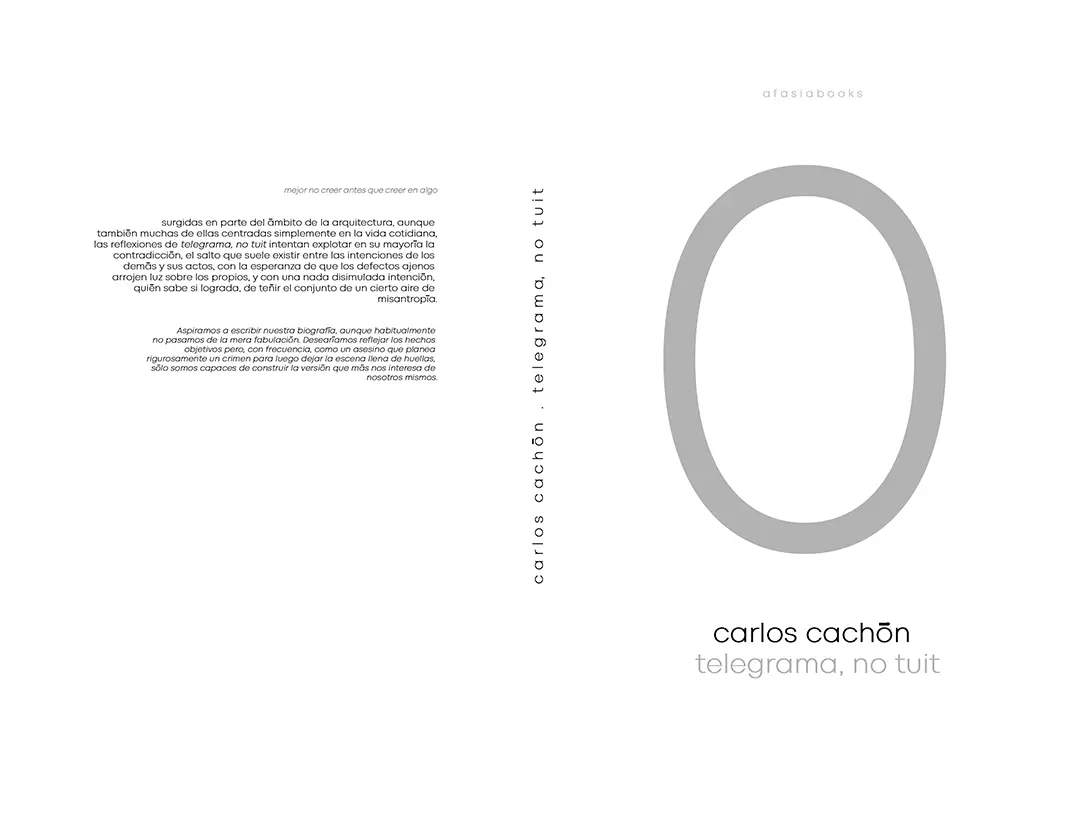
estudio gonzalo del val . Toni Gelabert . photos: © Maru Serrano
In 1986, the first project to adapt the information area and the bookstore-shop of the Museo Reina Sofía was carried out by architects José Antonio Martínez Lapeña and Elías Torres Tur. Their intervention, characterized by angular geometries and an ambitious use of color, resulted in a radical proposal that contrasted sharply with the spatial character of the Sabatini building. However, it had a very short life due to its excessively “striking” nature.
Over time, the Reina Sofía shop has undergone successive transformations, eventually becoming a space as neutral as it is irrelevant. With the incorporation of the new management, an ambitious change is now being proposed, one that revives the radical spirit of the first shop, with special emphasis on the use of color and geometry. Thus, we propose an intervention in which color and geometry both relate to and confront the spatial serenity of Sabatini, defined by its half arches and domes.
The project is structured around one main element and three secondary ones that imbue the space with color and amplify the user’s shopping experience. The main element is a neutral U, conceived as a white ambulatory: the essential retail functions are resolved through this curved display element, which in plan generates two residual spaces in the corners, well-suited to meet the store’s immediate storage needs. The three secondary elements, meanwhile, consist of: a yellow floor on which a central gondola of the same color is placed, organizing circulation. Secondly, a pink portico that marks the beginning and end of the route: it serves as both entrance and exit while integrating the checkout and impulse-purchase area typical of a shop. Finally, a large orange ceiling crowns the space, housing access to the storeroom and acting as a visual focal point for those in the entrance hall.
Together, these three elements create a singular atmosphere, intimately tied to the space they inhabit while maintaining their own distinct identity.
_
New Store for the Museo Nacional Centro de Arte Reina Sofía
Architects: estudio gonzalo del val + Toni Gelabert
Authors: Gonzalo del Val, Toni Gelabert
Collaborator: Fernando Cano
Client: Palacios&Museos
Location: Madrid MNCARS
Photography: Maru Serrano
2025
En 1986 se llevó a cabo por primera vez el proyecto de adecuación del área de información y de la tienda-librería del Museo Reina Sofía, a cargo de los arquitectos José Antonio Martínez Lapeña y Elías Torres Tur. Su intervención, caracterizada por geometrías angulosas y un uso ambicioso del color, dio lugar a una propuesta radical que contrastaba con el carácter espacial del edificio Sabatini. Sin embargo, tuvo una vida muy breve debido a su carácter excesivamente “llamativo”. A lo largo del tiempo, la tienda del Reina Sofía ha experimentado sucesivas transformaciones, hasta llegar a convertirse en un espacio tan neutro como irrelevante. Con la incorporación de la nueva dirección, se plantea ahora un ambicioso cambio que recupera el espíritu radical de la primera tienda, con especial énfasis en el trabajo con el color y la geometría. Proponemos, así, una intervención en la que color y geometría se relacionen y, al mismo tiempo, se enfrenten con la serenidad espacial de Sabatini, marcada por los medios arcos y las cúpulas. El proyecto se articula en torno a un elemento principal y tres secundarios que dotan al espacio de color y amplifican la experiencia de compra de los usuarios. El elemento principal es una U neutra concebida como un deambulatorio blanco, así las funcionalidades propias del retail se resuelven mediante este elemento de exposición curvo, que en planta genera dos espacios residuales en las esquinas, idóneos para cubrir las necesidades inmediatas de almacenamiento del local. Por otro lado los tres elementos secundarios se componen de: un suelo amarillo sobre el que se dispone una góndola central del mismo color que organiza la circulación. En segundo lugar, un pórtico rosa que marca el inicio y el final del recorrido: funciona como acceso y salida, al tiempo que integra el área de pago e impulso propios de una tienda. Finalmente, un gran techo naranja remata el espacio, alberga el acceso al almacén y actúa como foco visual para quienes se encuentran en el vestíbulo de entrada. Estos tres elementos construyen una atmósfera singular, íntimamente vinculada al espacio que habitan y, a la vez, con identidad propia.



















